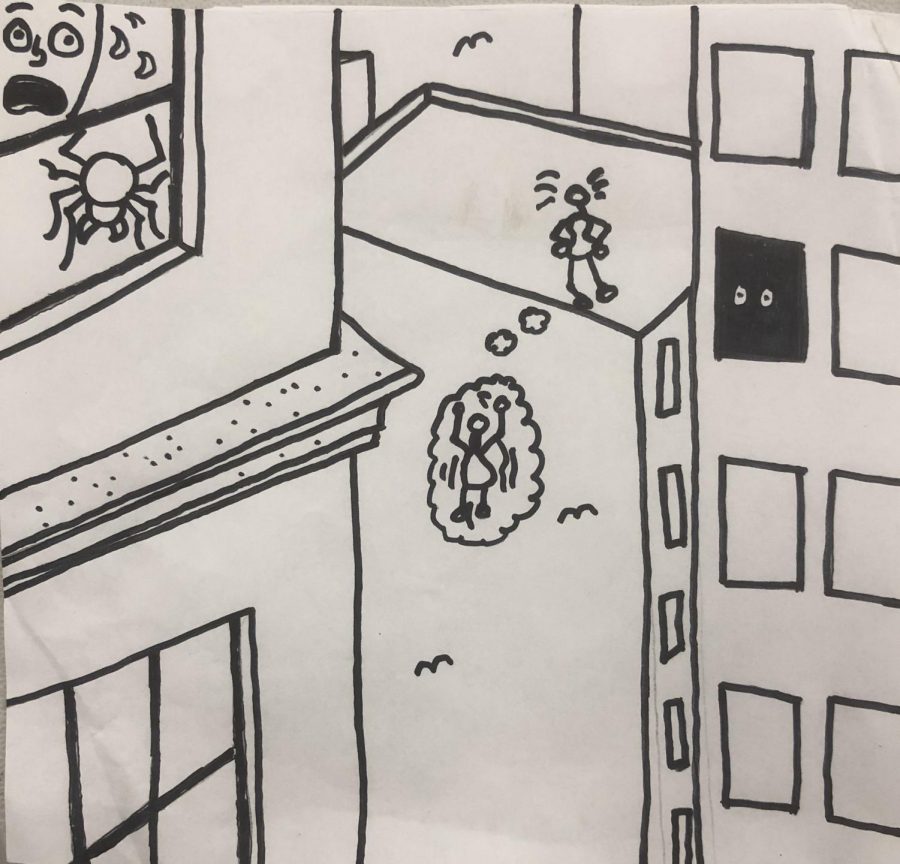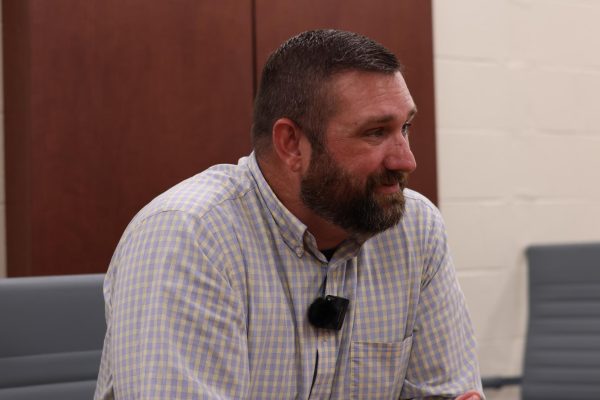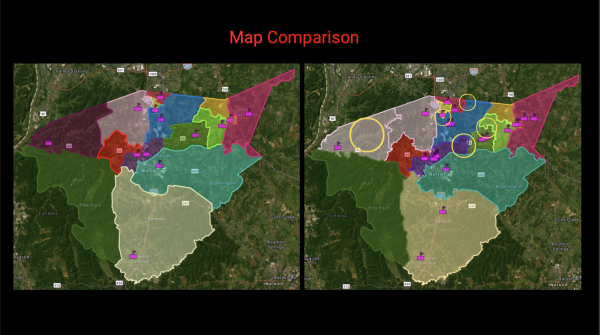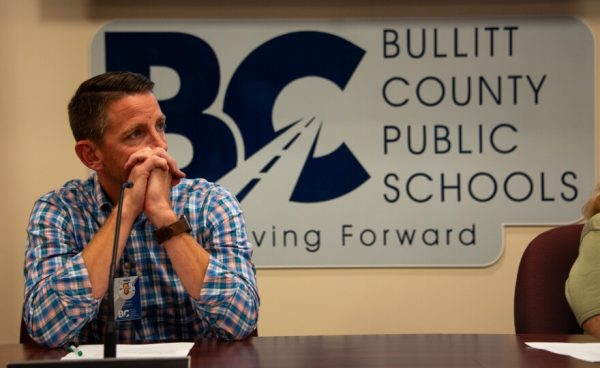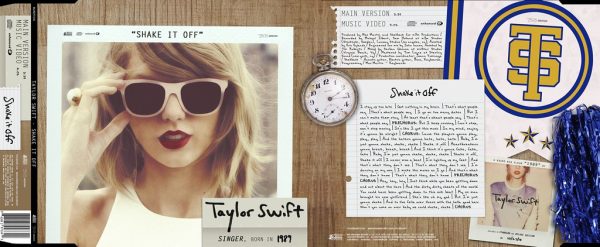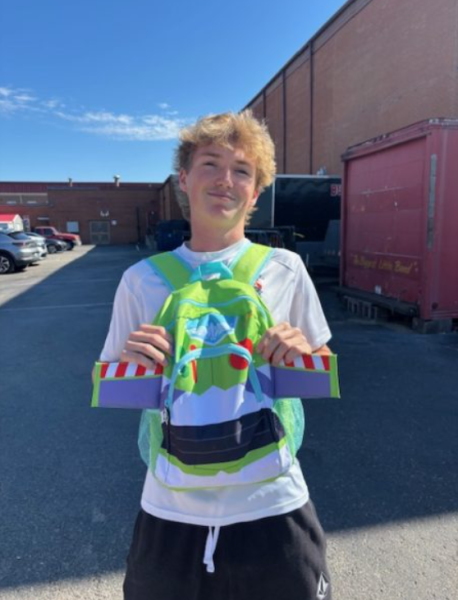Phobias; The Most Frightening Thing of Today
Person having a phobia of heights (acrophobia), person with a phobia of spiders (arachnophobia) and person with phobia of dark (nyctophobia).
Arachnophobia
This is the fear of spiders. Seeing something with eight legs crawling around your house is not something most people want, and most people would probably run, or try to kill it. A person with arachnophobia is one of those people that would actually run. These people can’t deal with spiders and will freak out if they see one.
Acrophobia
This is the fear of heights. The fear of heights is a pretty common fear, but some people like to say that they actually have a phobia of these tall places. On the Livewire Instagram, we recently did a poll seeing who had a phobia, and who didn’t; 38 people responded, with 21 votes for yes, and 17 votes for no. Sixteen of those people that said yes, actually told us their phobia. The phobia mentioned the most was the phobia of heights, with three people saying they have it. According to livescience.com, three percent to five percent of the population has been diagnosed with acrophobia.
Claustrophobia
This is the fear of tight spaces. You can’t find many people in the world that enjoy tight spaces, where everything is cramped, and shoulder-to-shoulder. However here are those that have it to another level. These are people that can’t even stand to be in a situation like that, because they will start freaking out. Although, according to Wikipedia.com, only 5 to 10% of the population are actually diagnosed with claustrophobia.
Nyctophobia
This is the fear of the dark. There are many kids, in the world, that have this fear. They could be scared that a “monster,” or something, is going to attack them, and that is why they’re scared. When they grow up though, this fear usually subsides. People with this phobia though, are absolutely terrified of the dark, no matter the reason behind it. According to study.com, 0.8% to 10% of people, in the world, have this phobia, stating that they have a fear of the dark.
Although, not everyone with common phobias has these phobias that are mentioned above. Sophomore Caden Hunt for example, does have acrophobia and claustrophobia. However he also has one that might be common, but not a lot of people know about it, and that is glossophobia. The fear of public speaking. “Claustrophobia, I’ve had it since I was five, maybe, but I didn’t really realize it until I was 10. Every time when I was in a tight space, I would always start hyperventilating. That’s really pretty much it, for claustrophobia. Glossophobia pretty much is a fear of public speaking. Every time I get up in public speaking, I get anxiety, I start to heat up, start getting sweaty and all that. Acrophobia, the fear of heights; like, I really hate heights, so much. I just can’t get up in very high places, like roller coasters, and things like that. I mean, I can get on roller coasters, but usually, I really can’t see, I will usually close my eyes. I try to open my eyes, but I can’t even get on a Ferris wheel, without wanting to get down. It’s just really difficult,” said Hunt. For glossophobia, according to washingtonpost.com, it is the most common phobia, with 25.3 percent of the population, having the fear of public speaking.
On a scale from one to 10, Hunt believes that his acrophobia is the worst. He sees it as an 11, glossophobia is the next worst with him seeing it as a 10, and then he still hates tight spaces, but he would rate his claustrophobia at a five. Although, the only phobia that Hunt really wants to get rid of, is his phobia of public speaking. “I would love to get rid of the public speaking one, so much, because what if I want to be president one day? What if I want to be part of the government? I can’t do that, because I have to go up to public places, I have to speak, I have to be a speaker. That’s the only one I wish I could just get rid of,” said Hunt, “The public speaking one, has really affected my life. I’m so insecure. Like, I just can’t be up in crowds. Maybe I can get in crowds, but whenever I‘m in a big bunch of people, I just can’t. I can do it, but anxiety kicks in, bad.” Hunt also believes that his fear of public speaking one is the only one that has really affected his life.
Now, for the opposite of common phobias, there are those people that have pretty unique phobias, that you might not have ever heard of before. For example, freshman Ellie Clemens has something called neophobia. Nelophobia is the fear of glass, but she doesn’t exactly have the fear of glass, she has a fear of windows. “It makes me uncomfortable standing near windows. Like, highly uncomfortable,” said Clemens.
Clemens developed this fear when she was around seven years old, because she broke a window, and glass got in her ears. Clemens wishes to get rid of this phobia, with it really affecting her life. “Yes (she does think that is has affected her life), by not sitting near windows on buses; making strangers sit by a window,” said Clemens, “Yes (she wishes she could get rid of it), because it’s pretty dumb, and I need to learn to be beside windows, without being uncomfortable.”
Sophomore Ashlee Lewis also has a unique phobia, with her having the fear of things touching her wrist, called carpophobia. Hers is not as severe, with her having a few exceptions, but not only that, she also thinks that more people have this phobia than people notice. “I can have a bracelet on my wrist, but nothing that’s even slightly sharp,” said Lewis, “I mean, nothing’s cut my wrists before, so it’s not really irrational. I feel like a lot of people have it; they just might not realize it. My sister has it.”
Lewis does acknowledge the fact that the risk of anything happening to her is small, but she does acknowledge that chance. Also, she doesn’t really want to get rid of this phobia, because it has given her a pretty good trait. “I mean, I guess you can’t really die from your wrist getting cut. it’s like a five percent chance,” said Lewis, “Not really (doesn’t want to get rid of this phobia). It doesn’t really affect me much. I mean, I’d rather have this phobia than it be replaced with something else.”
Now, according to a poll that the Livewire did on our Instagram, 50%of the students had overcome a phobia, and 50%of the students have not overcome a phobia, and that is out of the 26 people that responded. Junior Brynna Crump, for example, has overcome her phobia that she had when she was in around elementary school, coasterphobia.
She had the fear of roller coasters, and just could not get on them. She does not classify herself as terrified, she just wouldn’t want to get on them. “I just wouldn’t get on them. Like, I wasn’t really terrified of them, or anything, but if somebody asked me to go on one, I’d be like, ‘I’m not going to do that,’” said Crump. Crump would not get on any roller coaster, no matter what it was.
The only time that this phobia would ever affect her life would only ever be when she was at amusement parks. “I mean, whenever me, and my family, would go to, like, amusement parks; I would just, kind of, have to chill out, while they went and rode roller coasters, but it wasn’t that bothersome, or anything. I would just get a snack, and sit down for a while,” said Crump. Crump also feels the same way about something else. She does not see that phobia as unique, because she knows that not a lot of people even like to get on roller coasters.
Crump feels as if this phobia was very justified. “I mean, I thought it was pretty justified. I mean, putting yourself on something that goes 60 or 70 miles an hour (mph), and upside down. I feel like it’s pretty understandable,” said Crump, “I’m really glad (that she got rid of the phobia), because I like going to, you know, Kentucky Kingdom, or Kings Island, with my friends, and stuff like that. It’s a good time being able to do that with them, and I really like them (roller coasters) now.” Just like Crump, if you have a phobia that you are wanting to get over, then you can always try.

